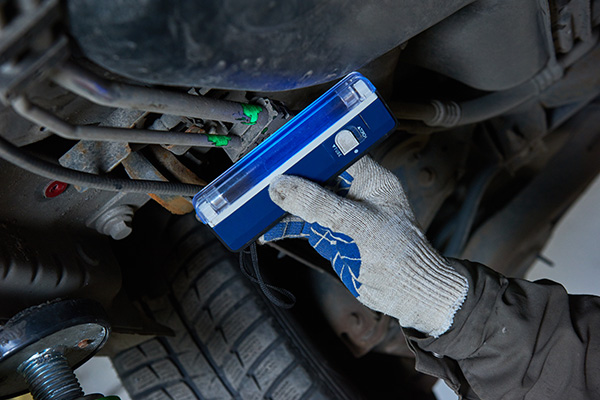
A working air conditioning system is a must-have, especially during warm weather. When your car's A/C isn’t blowing cold air like it should, one of the most common culprits is a refrigerant leak. While an A/C leak might seem like a minor inconvenience at first, it can lead to bigger problems if not addressed. Understanding what causes these leaks and how they are fixed can help you stay cool and avoid unexpected repairs.
How Your Car’s A/C System Works
Your vehicle’s air conditioning system relies on refrigerant to absorb and release heat, cooling the air before it enters the cabin. This refrigerant circulates through various components, including the compressor, condenser, evaporator, and hoses. If any part of the system develops a leak, refrigerant escapes, and the system loses its ability to cool effectively.
Common Causes of A/C Leaks
Several factors can lead to refrigerant leaks in your car's A/C system. Some of the most frequent causes include:
- Worn seals and gaskets: Over time, seals and gaskets can dry out, crack, or become damaged, allowing refrigerant to leak out.
- Damaged hoses and connections: Vibration, age, and exposure to heat can weaken hoses and fittings, making them prone to leaks.
- Corroded evaporator or condenser: Moisture and debris can cause corrosion, especially in the condenser or evaporator, which are more exposed to the elements.
- Faulty O-rings: These small rings help create tight seals in many parts of the A/C system. When they fail, refrigerant can escape.
Signs of an A/C Leak
You might not always see a puddle under your car if there's an A/C leak, since refrigerant usually evaporates quickly. However, there are a few telltale signs:
- Warm air coming from the vents instead of cold air
- Hissing sounds when the A/C is running
- Visible oil residue near A/C components (some refrigerants include a lubricant that can leave traces)
- A noticeable decrease in cooling performance over time
If you notice any of these symptoms, it’s a good idea to have your system inspected before the problem worsens.
How A/C Leaks Are Diagnosed
Diagnosing an A/C leak starts with a thorough inspection. Technicians often use a special UV dye and refrigerant to trace the source of a leak. Once the dye circulates through the system, it becomes easier to spot leaks under UV light. Pressure tests are also used to check for drops in the system, which indicate a leak.
How A/C Leaks Are Fixed
The repair process depends on the source of the leak. If a hose or O-ring is to blame, these parts can often be replaced easily. For more severe issues, like a corroded condenser or evaporator, larger components may need to be replaced. After the repair, the system is vacuumed to remove air and moisture before being recharged with the correct amount of refrigerant.
It’s important to fix leaks promptly. Running an A/C system with low refrigerant not only reduces cooling performance but can also damage the compressor, leading to much more expensive repairs.
Preventing Future Leaks
While not all A/C leaks can be prevented, regular maintenance reduces the risk. Running the A/C system periodically, even in cooler weather, helps keep seals and components lubricated. Inspections during routine service visits can catch small issues early, saving you from bigger problems down the road.
Get Your A/C Leak Fixed at RM Automotive in Northridge, CA
If your A/C isn’t keeping you cool, don’t wait until the heat becomes unbearable. The skilled team at RM Automotive in Northridge, CA, can inspect your air conditioning system, find and fix leaks, and get your car back to delivering refreshing cold air. Schedule your A/C service today and enjoy a comfortable drive all year long.